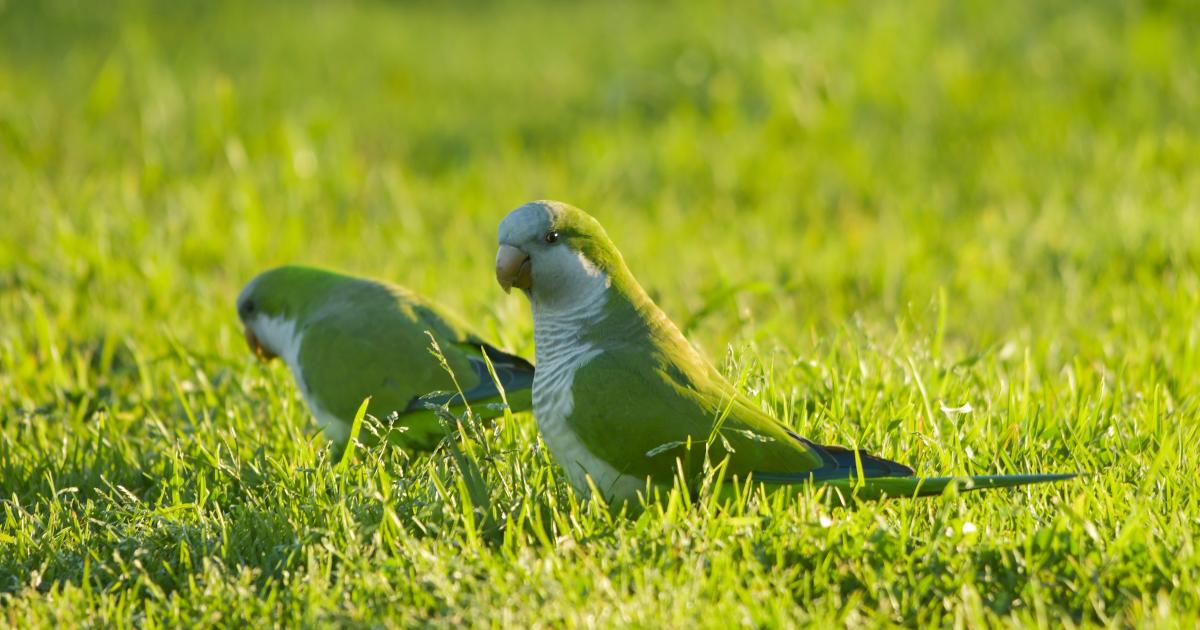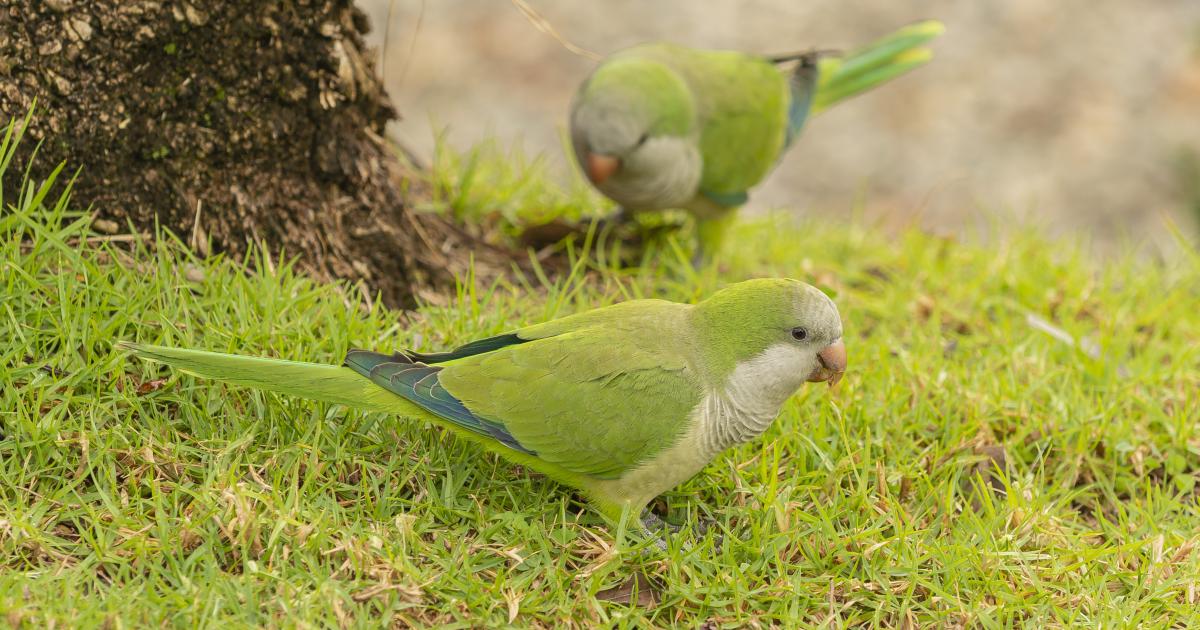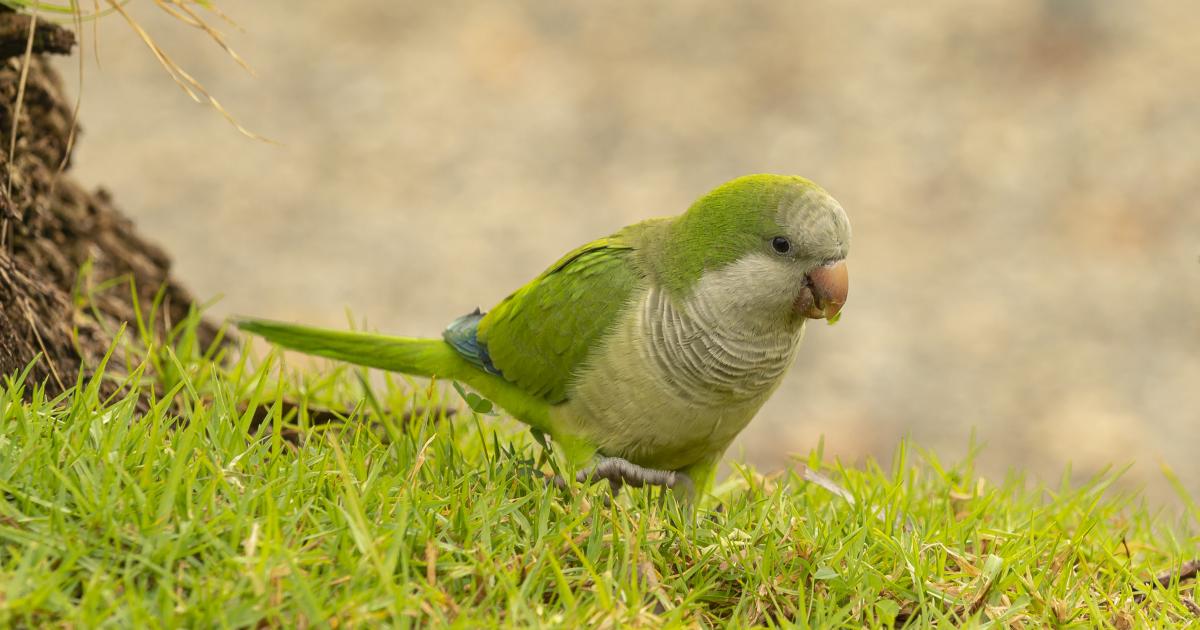
Free-Living Parrots in Spain: Exotic Residents of European Cities
Parrots have become a fascinating part of the Spanish urban landscape, symbolizing both the beauty of nature and the challenges of globalization and changing ecosystems. While their presence evokes different emotions, Spain's free-living parrots remain an example of remarkable adaptation and survival in a new environment.
These colorful birds, usually associated with the tropical forests of South America, can now be found in the wild in Spanish cities and parks. How is it possible that parrots have settled in Europe, and what impact do they have on local ecosystems?
History of Parrots in Spain
The first free-living parrots in Spain probably appeared as escaped birds from private catteries and pet stores. Exotic birds such as lowland monkeys (Myiopsitta monachus) and collared alexandrettes (Psittacula krameri) were brought into the country as pets. Over time, some of them escaped or were deliberately released into the wild, adapting to new climatic conditions.
Main Species and Their Distribution
The most common species of free-living parrot in Spain is the lowland monk. These medium-sized, green parrots with gray bellies and distinctive foreheads form numerous colonies in cities such as Madrid, Barcelona and Valencia. Another common species is the collared alexandrite, which also makes its home in city parks and gardens.
Adaptation to Urban Conditions
These parrots show remarkable adaptability. They live in large colonies, building their nests in trees or man-made structures. Lowland monkeys are known for building large communal nests from branches, which can reach considerable size. These parrots feed on a variety of foods available in urban parks and gardens, including fruits, seeds and human food waste.
Impact on Ecosystem and Community
The presence of exotic parrots in Spain evokes mixed feelings. On the one hand, their colorful plumage and exotic appearance attract the attention of locals and tourists, adding charm to urban spaces. On the other hand, these parrots can pose a threat to local bird species, competing with them for food and nesting sites.
Some Spanish municipalities are taking steps to control parrot populations, fearing their negative impact on local ecosystems. There are also concerns about the potential spread of diseases by these exotic birds.
The Future of Free-Living Parrots in Spain
It is difficult to predict how the future of free-living parrots in Spain will turn out. The adaptive abilities of these birds suggest that their populations may continue to thrive, especially in favorable urban conditions. However, as local authorities and communities become more aware of the problems associated with invasive species, further efforts to control their numbers can be expected.










